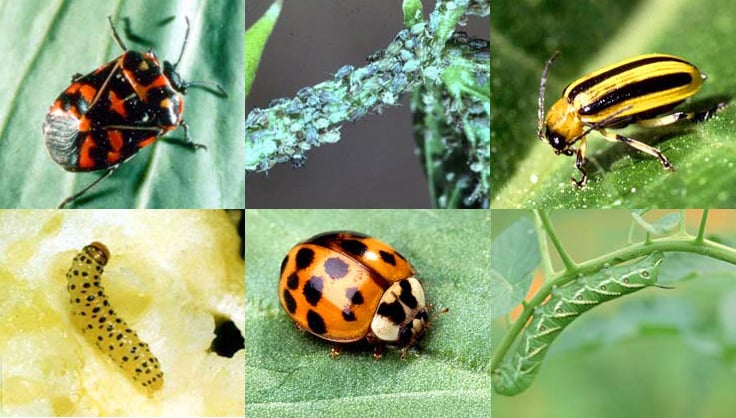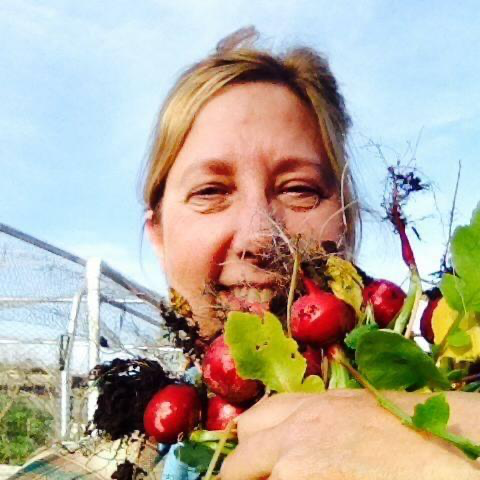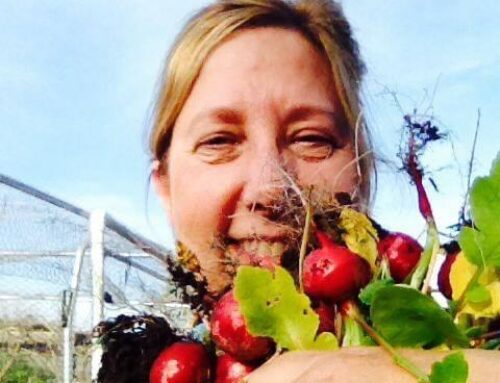Master Gardeners are a great resource for diagnosing plant problems
![]()

Some garden bests. Photo courtesy Garden Supply
By Sharon McCray

Sharon McCray
 It’s nearly that time of the year when our gardens start bursting with abundance. The cucumbers are forming. Fruit on the trees taking shape as we are trying to figure out how to save them from the squirrels. Melons and squash are looking good. Keep an eye on those zucchini as they explode in girth almost daily.
It’s nearly that time of the year when our gardens start bursting with abundance. The cucumbers are forming. Fruit on the trees taking shape as we are trying to figure out how to save them from the squirrels. Melons and squash are looking good. Keep an eye on those zucchini as they explode in girth almost daily.
Garden centers and advice lines start to light up with questions: what is eating my tomatoes? What is this ugly black spot on my leaves? White powder has taken over my pumpkins. These and more issues will be presenting themselves in the coming months and it is good to understand what exactly is happening.
If you have read this column before you may already know about chewing and sucking pests. To refresh your memories: chewing insects, like earwigs and caterpillars, chew on the outer edge of leaves and sucking pests, like snails and slugs attack the soft tissue inside the plant leaves.
 Tomato hornworms, large green caterpillars with a distinct horn on their backside, traditionally do not eat the tomato itself and instead prefer the tender leaves. They pupate in the soil from season to season and annually produce a beautiful sphinx type moth. I really welcome them and most forms of flying insects into my garden and try to plant extra tomatoes so there is always plenty to harvest. The loss of a few leaves will not hurt the plant.
Tomato hornworms, large green caterpillars with a distinct horn on their backside, traditionally do not eat the tomato itself and instead prefer the tender leaves. They pupate in the soil from season to season and annually produce a beautiful sphinx type moth. I really welcome them and most forms of flying insects into my garden and try to plant extra tomatoes so there is always plenty to harvest. The loss of a few leaves will not hurt the plant.
As for the big brown hole on the bottom of your tomato, it is called blossom end rot and usually makes the fruit inedible. It is typically caused by a lack of calcium in the soil. Most vegetables prefer more than just nitrogen, phosphorus and potassium in their diet and I recommend looking for a good fertilizer that will include iron, calcium and other micro-nutrients. Plants purchased directly from retail outlets are heavily fertilized during their initial growing and usually will be fine without additional amendments. Remember, nitrogen forms vigorous green growth, phosphorus for fruit and flower production and potash for strong root growth (think carrots and beets).
Sunscald is another problem with certain vegetables, including tomatoes, melons, peppers and eggplant and forms a light colored spot on the fruit. Make sure ripening fruit has enough leaf or light fabric or shade cloth coverage to protect them.
Bear in mind some fruits, especially tomatoes, won’t set fruit when the daytime temperatures reach 90 degrees and night time temperatures fall below 55. By providing some shade or selecting unique varieties can help with some of those issues. If your melon leaves droop during the heat of the day, wait to water them until after the sun has set. In some cases, the plant forces water into the roots to reserve it for later and the plant should recover by morning. If it doesn’t, water the base of the plant and never the leaves.
Another issue you may encounter is mildew on melons and other cucurbits. The mildew can be devastating and looks like a white chalk powder covering the leaves. Some experts recommend washing the leaves with plain water while other say a mixture of one third cup baking soda mixed with a gallon of water, sprayed on the leaves will solve the problem. Whatever course of action you take, don’t spray the leaves during the heat of the day.
Avoid pesticides and learn what the problem is before attempting to fix it. Master Gardeners are a great resource for diagnosing plant problems with practical and reliable solutions.
Here’s to another fantastic growing season, filled with all the wonderful bounty this beautiful place provides.
Sharon McCray is a California native living in Santa Clara County since 1959. She became certified as a University of California cooperative extension master gardener in 1992 and a UCCE master naturalist in 2015. She hosts a radio show on KKUP public radio and is now retired.






